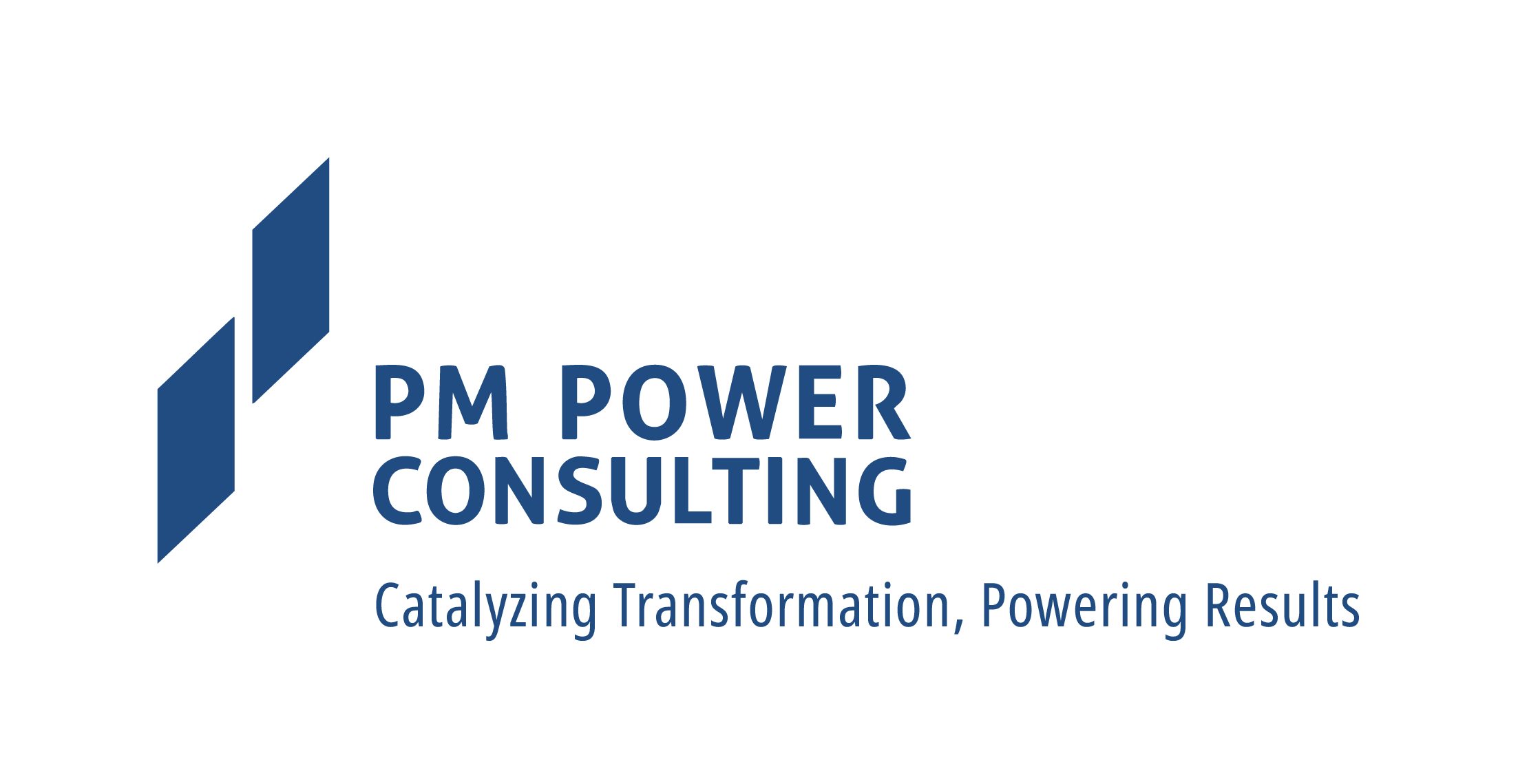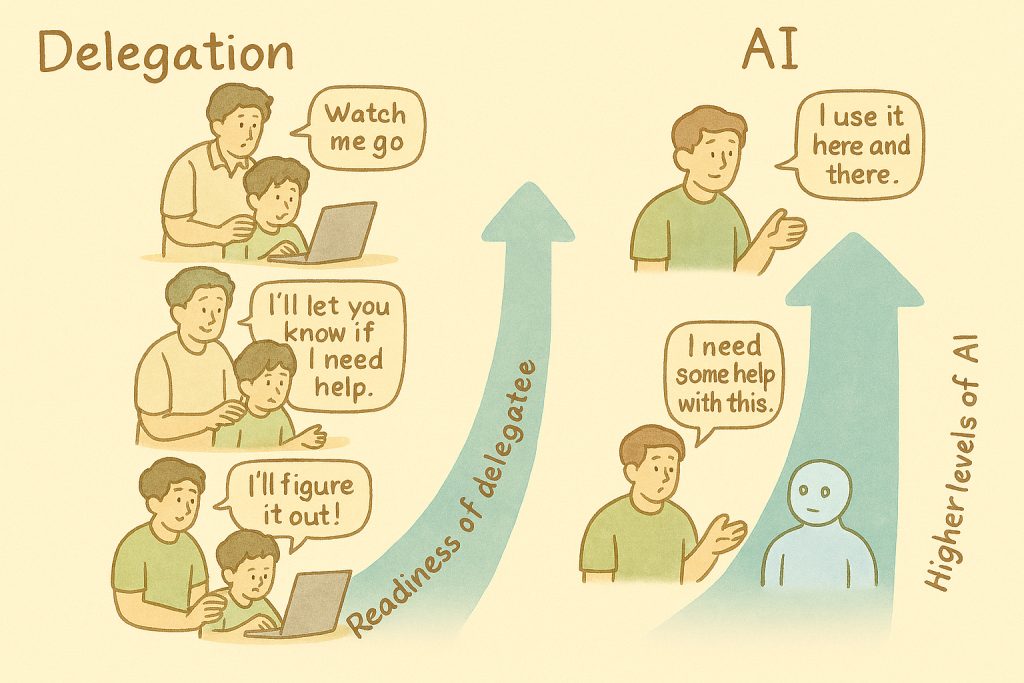If you are an Agile team coach, at some point you may have taken over from another coach or on-boarded a new coach to take your place. When I did a snap poll of our fellow-coaches, it turns out that there is much scope for improvement in on-boarding situations. Drawing from collective experience, I came up with the following seven steps that could be helpful in conducting an effective on-boarding, the situation being on-boarding a new coach.
- Get a sense of the new coach, her experience and capabilities: No doubt the new coach may have gone through a selection process and have a proven track record. however, you as the “on-boarder” need to get a first-hand feel of her capability and a personal connect. Shu-Ha-Ri applies not just to teams but to coaches as well! Where the new coach is at – Shu or Ha or Ri – is an important input for the on-boarding
- Develop / maintain a backlog of activities for the on-boarding jointly with the new coach: this is vital and brings the necessary focus on everything that need to be “done” for the first “release” of the new coach and how to planning the activities over on-boarding duration. It also makes the on-boarding that much more transparent to concerned stakeholders
- Ensure the transfer of the “hard” information relating to your coaching – your coaching agreement with the sponsor and success criteria, state of the product, team profile, improvements made so far, past agile maturity assessments, tools etc. Get the new coach to seek out and study all the “hard” information by herself; you can then discuss and validate if she has got it all
- Augment the above with transfer of “soft” information as well – on team status, collaboration, degree of self-organization, team empowerment, people-related challenges etc. Actually, coaches tend to differ on this aspect of on-boarding, the concern being the danger of biasing the new coach. Many also believe that what happens between the coach and the team should strictly stay within the team. So, the guidance here is tread with a good deal of caution here and be very selective
- Go through an induction cycle comprising three stages: Stage 1: New coach observes your coaching activities in events, team interactions, one-on-one situations etc. Stage 2: The new coach takes over coaching activities gradually; you provide feedback; Stage 3: You withdraw and still be the new coach’s coach for a period
- Seek inputs from the team on on-boarding goals initially and feedback on an ongoing basis: The team is the eventual consumer and would surely have perspectives on what they would look for in the new coach; some may even suggest changes in coaching approach & style compared to yours! Be receptive!
- In addition to yourself and the new coach, formally involve a third stakeholder in the on-boarding activities – say, someone from the Agile CoE or even the sponsor / manager himself; this ensures support during on-boarding; establish a connect with a coaches’ community for ongoing support; conduct a “release review” with the new coach, sponsor/manager and the Agile CoE POC to conclude the on-boarding and identify any follow-up actions
There is the question of how to determine if the on-boarding is completed successfully. Well, if you and the new coach have addressed the priority items in the backlog and stakeholders are satisfied, that is a reasonable state of success. Otherwise, consider extending the on-boarding for a second release. But that should be an exception rather than the rule. The goal is not a full “product” – just the MVP to get the new coach started.
Hope this structured approach helps in your future on-boarding situations – whether as an on-boarder or as an on-boardee!





